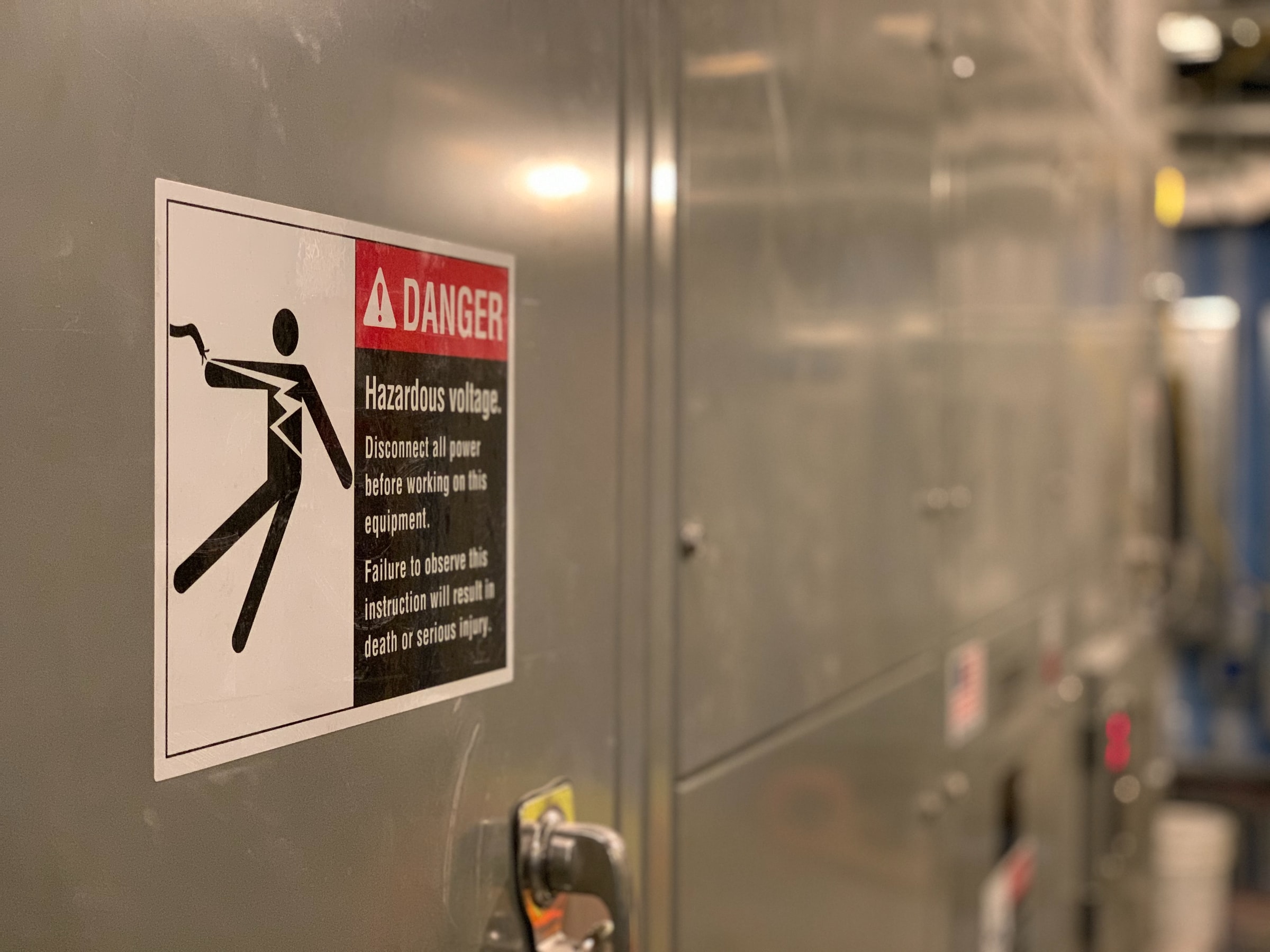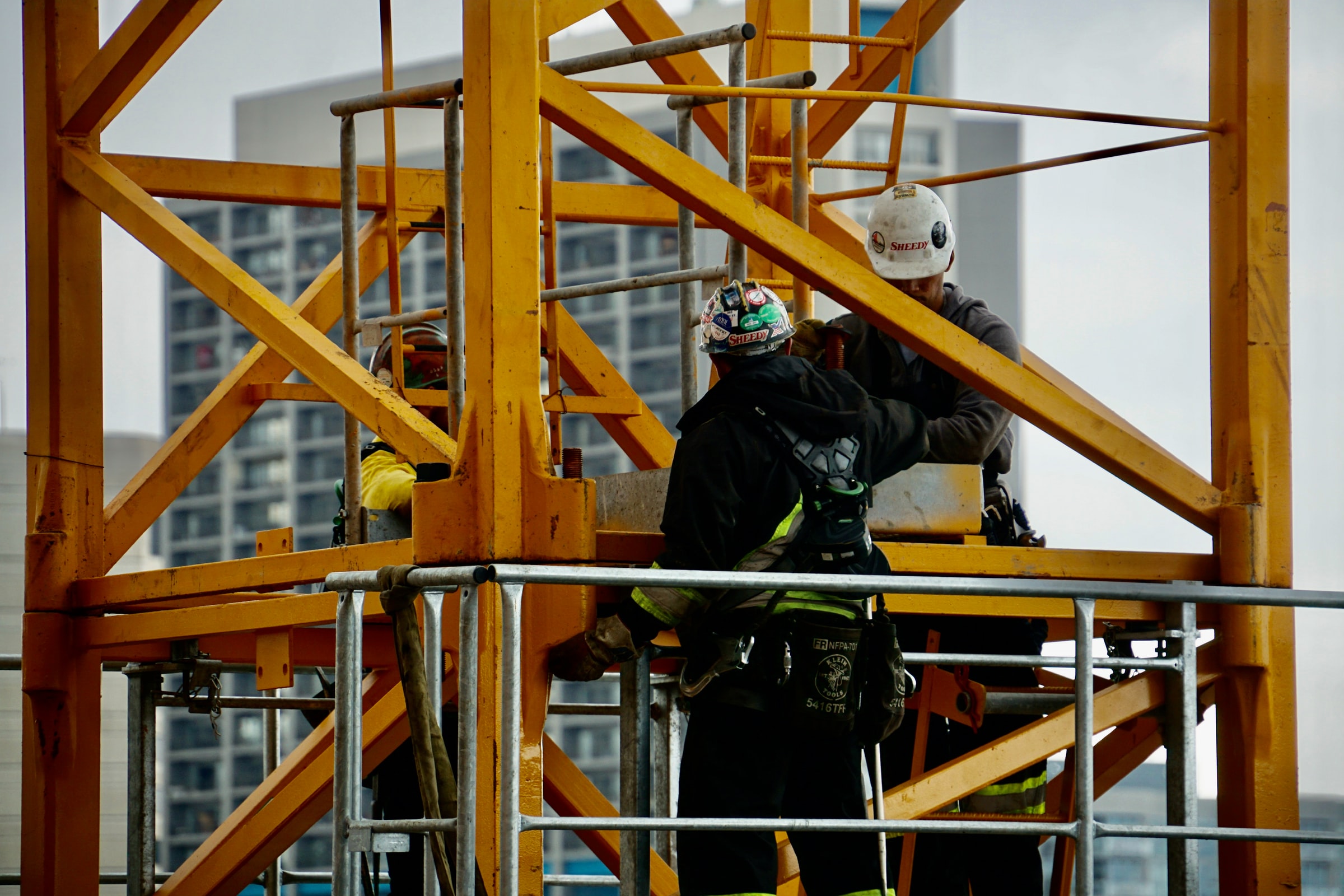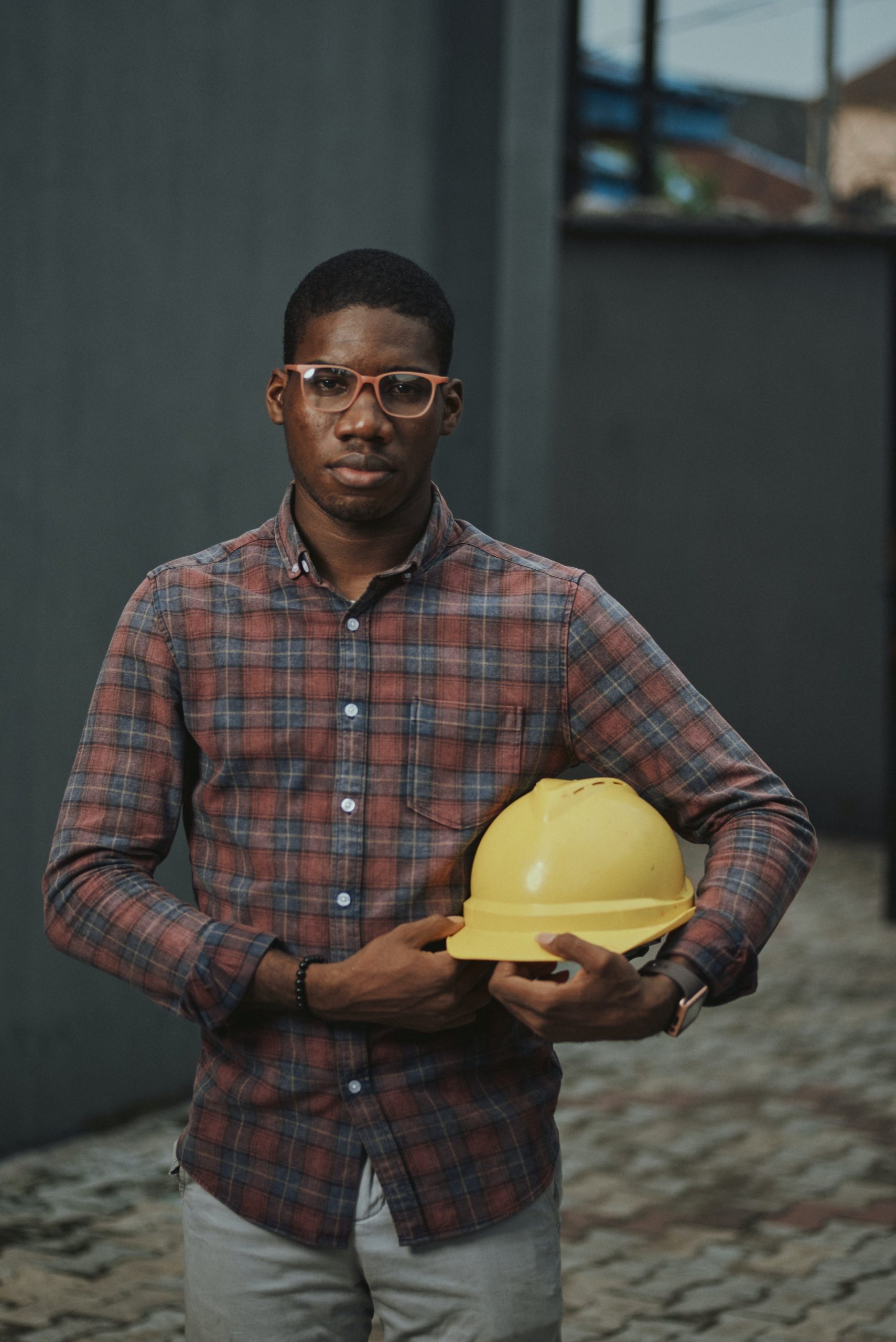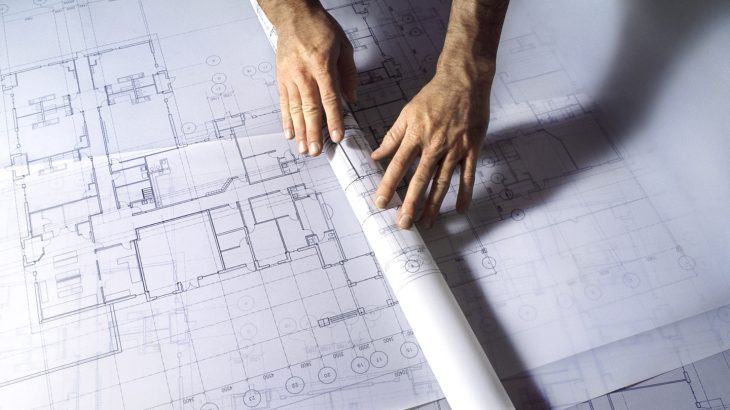In engineering, construction is a method of assembling infrastructure using a detailed plan and various materials. In addition to the materials, the design and use case influence the project’s type of construction site. So what happens on a construction site? Construction sites are dangerous places to work.
Many accidents occur on construction sites, and employers must take precautions to reduce risks on construction sites. There are several plans that employers can put in place to keep projects on track. So, without further ado, let’s dive into this blog and learn some of the things you need to know on a construction site.
What is a construction site?
A construction site refers to a piece of land where all physical construction activities related to a proposed structure take place. Many people use the term construction site to refer to a building site. However, the term construction site refers to a site where only housing projects occur, while a construction site is a generic term for all types of construction.
Landscape properties such as soil and vegetation are altered to provide a suitable environment for professionals to continue their work on the site. A lot becomes a construction site when the land is turned over to a contractor to begin construction. A construction site does not involve radical changes to an integrated environment. Even small projects with minimal changes are considered construction sites. Construction sites must comply with relevant building regulations, as these regulations govern the scope of a construction site.
1. Be aware of health and safety rules

Every construction site has health and safety rules documented in the Occupational Safety and Health Guidelines. However, these guidelines are only practical if all employees are aware of them and adopt them. Therefore, one must be aware of these rules, and most employers spend time educating employees on their responsibilities and how they should carry them out.
Management should also address employee concerns and implement appropriate protocols to protect the workplace. Scenarios on construction sites are constantly changing, and there is a need to evaluate safety plans and implement new ones.
2. Have your documentation in place
To properly function on-site programs, you must have proper documentation of the work performed on-site. Legal hoops in permitting and licensing must be jumped through before committing to a construction project. In addition to licensing, the contractor and project manager must properly document all financing and labor documents to assess whether a project’s progress is on track.
Licensing a project takes time. Therefore, you need to get your applications in early to avoid hiccups in your project. Subcontractors and supervisors responsible for complex tasks such as licensing should have the necessary certifications. Documentation of environmental considerations should also be a top priority. In 2019, the Singapore government heavily fined two construction companies for dumping a lot of silt into waterways, resulting in water pollution.
3. Organize equipment and personnel

Construction workers with inadequate equipment are likely to make terrible mistakes on site. The project foreman should ensure that workers organize equipment for the task at hand. Construction companies also have a responsibility to ensure that equipment is appropriately maintained. Equipment that is not needed for the project at that time should be cleared from the site to avoid obstructions.
4. Don’t forget the amenities
There are necessary amenities that make the environment easier for personnel. Good construction equipment provides a certain level of safety on the construction site. The construction site should also provide water, restrooms, washing areas, and changing rooms and erect temporary structures for shade to prevent dehydration and other exposure-related illnesses. A construction site should also have storage areas to keep the area organized and tidy. Many contractors overlook these amenities, but they minimize the risk of unwarranted incidents on construction sites.
5. If you don’t know the answer, ask!

If you’re unsure what to do, don’t venture into conjecture. If you think something isn’t going to plan, stop, double-check and ask. It can be difficult to correct things after they have gone wrong. Always ask your supervisor if you feel things are going wrong. When it comes to safety, it’s better to be safe than sorry, which is why you need to ask questions, especially when you don’t know something.
Sound off in the comments section below and tell us what you want to read next and if you want to read more about construction sites.



















